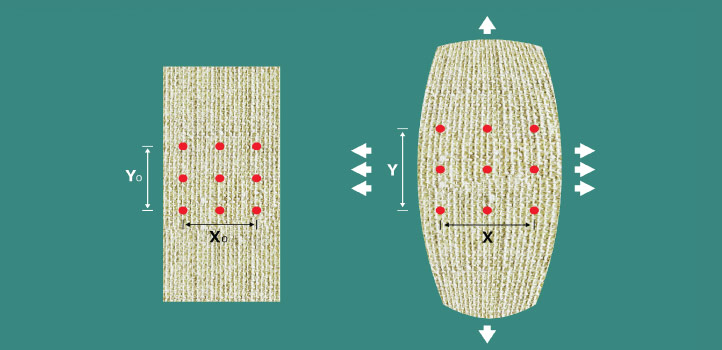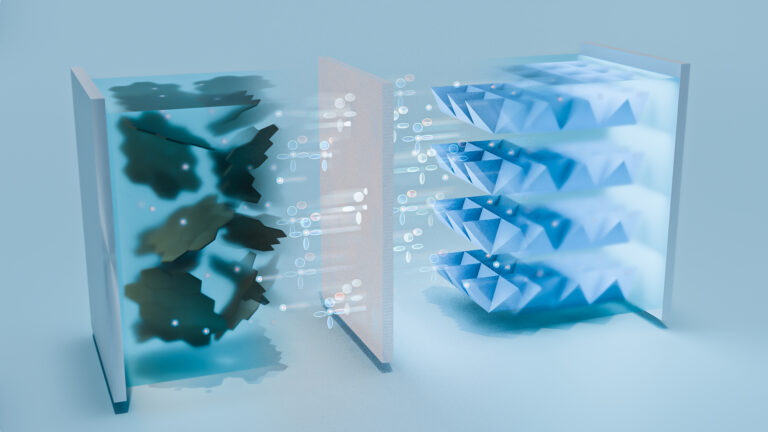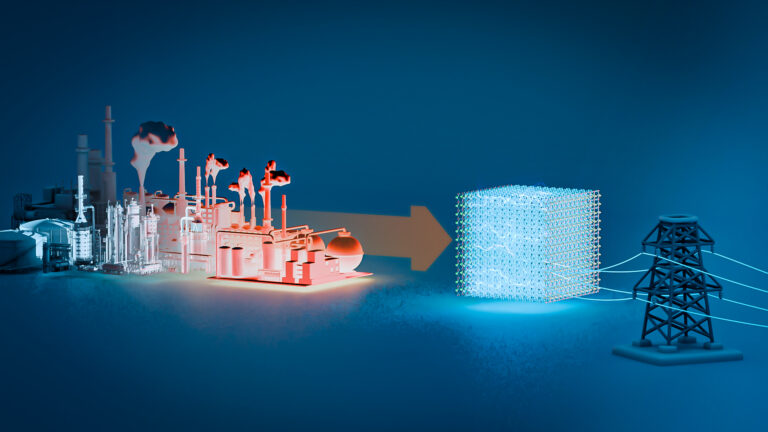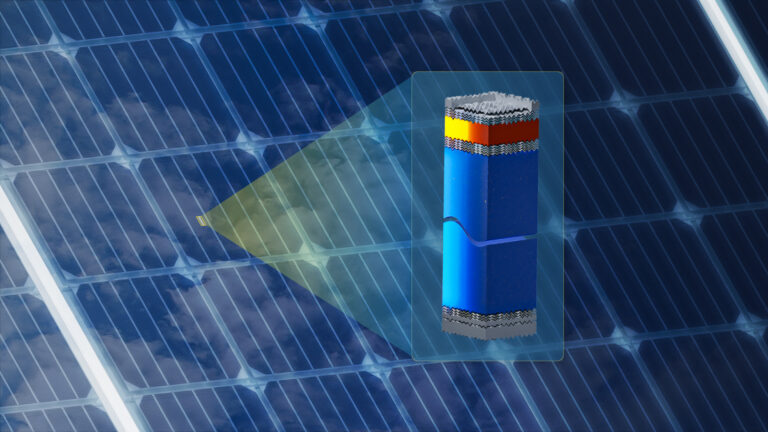Applied Physics
2D materials offer unique stretching properties
Calculations predict that atom-thin sheets of carbon chalcogenides will grow wider when stretched in any direction.

Like most materials, an elastic band gets thinner when it is stretched. But some materials behave in the opposite way — they grow thicker when stretched and thinner when compressed. These counterintuitive substances, known as auxetic materials, tend to have a high resistance to shear or fracture and are used in applications such as medical implants and sensors. But typically, this auxetic effect is only seen when the material is distorted in one particular direction.
Now, Minglei Sun and Udo Schwingenschlögl have predicted that a group of carbon-based materials, formed into atom-thin sheets, should show this auxetic effect in every direction. This phenomenon has never been observed before in any 2D anisotropic material, a growing family of flat materials that include several potentially auxetic materials.
The KAUST researchers calculated several key characteristics of three 2D materials called carbon sulfide, carbon selenide and carbon telluride, which unite carbon with elements collectively known as chalcogens. The calculations rely on density functional theory, a commonly used approach based on quantum mechanics, and they describe characteristics of the materials such as their structural stability, mechanical behavior and electronic properties.
All auxetic materials have a negative Poisson’s ratio, a number that describes how a material deforms when it is stretched or compressed. But the researchers found that the three materials are uniquely auxetic because they have an omnidirectional negative Poisson’s ratio. “We were surprised that we found a series of 2D anisotropic materials with negative Poisson’s ratio in all directions,” says Sun.
Sun and Schwingenschlögl’s calculations predict that all three materials should be stable at room temperature, suggesting that it may be possible to synthesize and isolate them. They also explain the materials’ omnidirectional auxetic effect in terms of their crystal structures and chemical bonding. Carbon telluride shows the strongest auxetic effect, which is larger in all directions than the highest values seen in most other 2D auxetic materials. It also has the highest fracture strain of the three materials investigated by the KAUST researchers.
According to the team, the materials should be semiconductors that are able to absorb near-infrared or visible light. The three carbon chalcogenides “turn out to be direct or quasi-direct bandgap semiconductors with impressive absorption of solar radiation,” says Sun. This implies that the materials might be useful in photovoltaic devices or as light-powered catalysts. “Our next step is to predict more 2D auxetic materials with negative Poisson’s ratio in all directions,” says Schwingenschlögl.
References
- Sun, M. & Schwingenschlögl, U. Unique omnidirectional negative Poisson’s Ratio in δ-phase carbon monochalcogenides. Journal of Physical Chemistry C 125, 4133–4138 (2021).| article
You might also like

Applied Physics
A single additive enables long-life, high-voltage sodium batteries

Applied Physics
Two-dimensional altermagnets could power waste heat recovery

Applied Physics
Interface engineering unlocks efficient, stable solar cells

Applied Physics
The right salt supercharges battery lifespan

Applied Physics
Light-powered ‘smart vision’ memories take a leap forward

Applied Physics
Natural polymer boosts solar cells

Applied Physics
2D materials could boost magnetic data storage

Applied Physics




